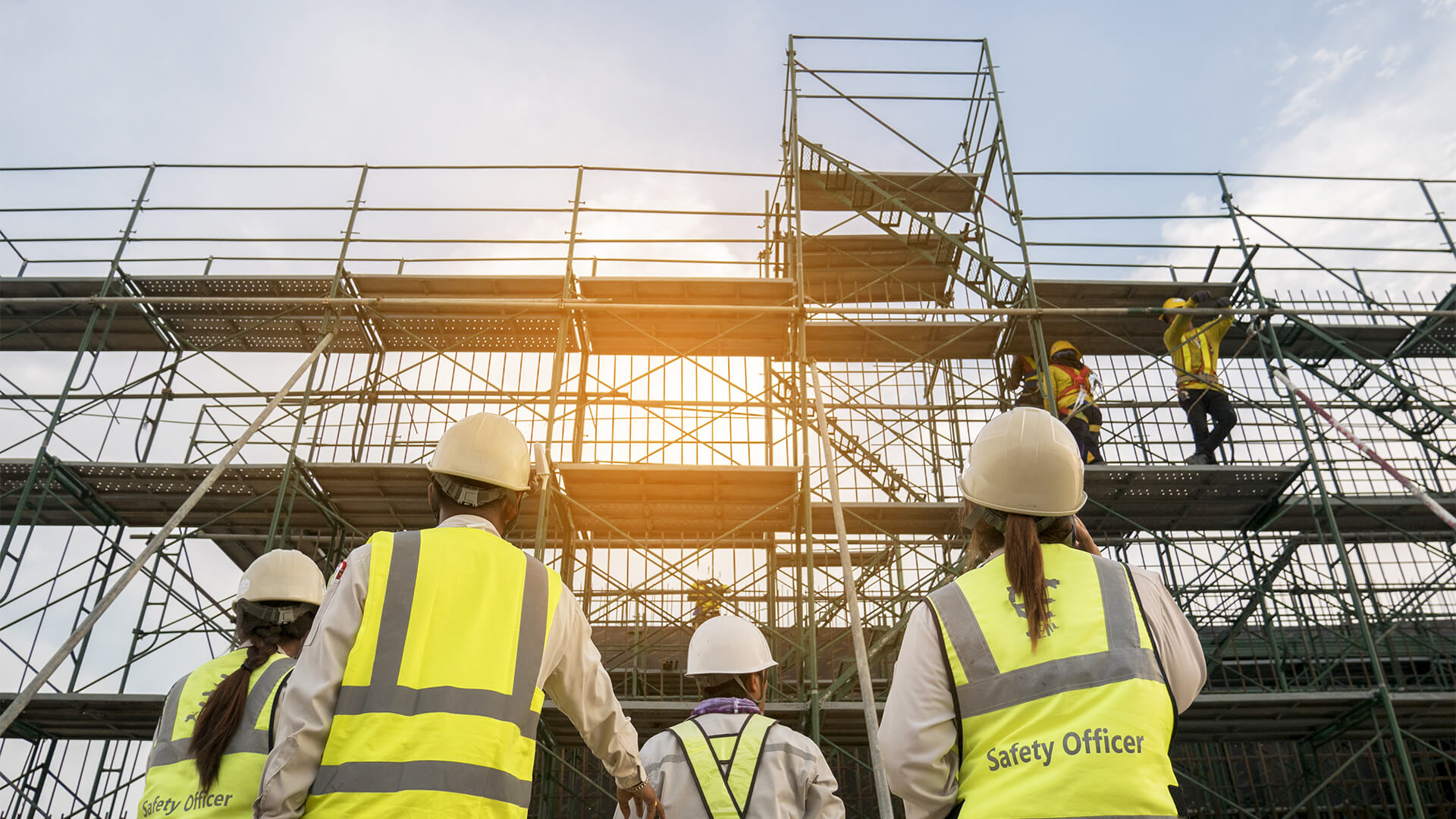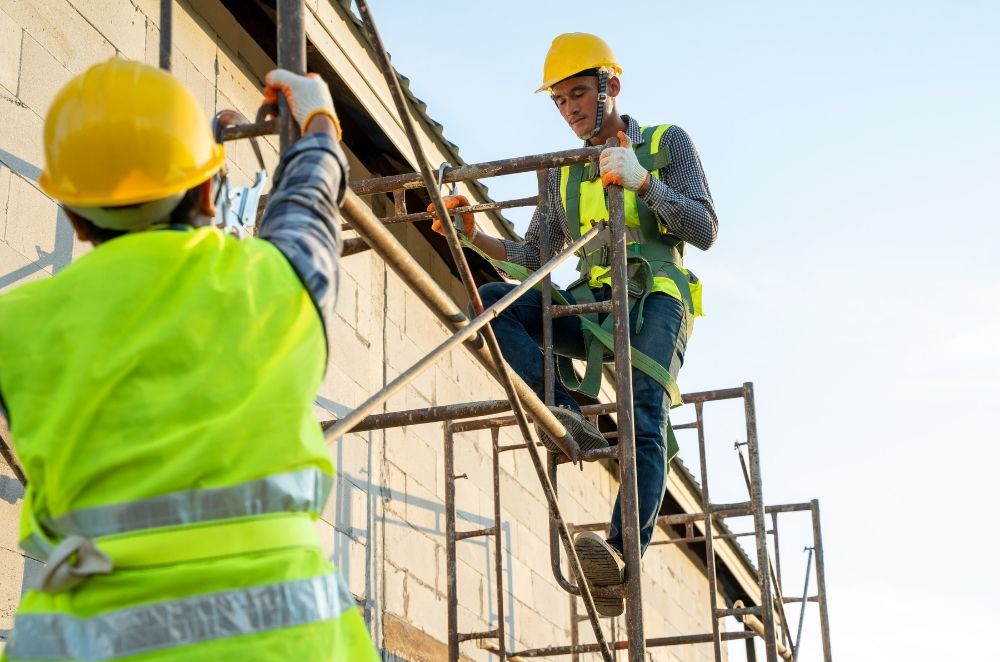Enhancing Construction Safety Measures: A Vital Priority for the Building Industry
The construction industry is renowned for its high-risk nature, with workers facing a myriad of hazards ranging from falls and heavy machinery accidents to exposure to hazardous materials. As a result, prioritizing safety measures is not only a moral imperative but also a legal and economic necessity for construction companies. In this blog, we’ll explore the importance of enhancing construction safety measures and discuss some effective strategies for creating safer work environments in the building industry.
Understanding the Importance of Construction Safety:
Construction sites are dynamic environments with constantly changing conditions, presenting unique challenges for ensuring the safety and well-being of workers. Accidents and injuries not only cause human suffering but also result in lost productivity, increased insurance premiums, and potential legal liabilities for construction companies. Moreover, unsafe working conditions can tarnish a company’s reputation and undermine trust with clients and stakeholders. Therefore, investing in construction safety is not only the right thing to do but also a sound business decision that benefits everyone involved.
Effective Strategies for Enhancing Construction Safety:
Comprehensive Training and Education:
Providing workers with thorough training and education on safety protocols, equipment operation, and hazard recognition is essential for preventing accidents and injuries on construction sites. Regular safety meetings, toolbox talks, and hands-on training sessions can help reinforce safety awareness and cultivate a culture of accountability and responsibility among workers.
Personal Protective Equipment (PPE):
Equipping workers with appropriate personal protective equipment, such as hard hats, safety glasses, gloves, and high-visibility clothing, is crucial for minimizing the risk of injuries on construction sites. Employers should ensure that PPE is properly fitted, regularly inspected, and replaced when damaged or worn out to maintain its effectiveness.
Safety Planning and Risk Assessment:
Conducting thorough risk assessments and safety planning before commencing construction projects can help identify potential hazards and develop strategies for mitigating risks. This includes analyzing site conditions, developing safety protocols, and implementing control measures to prevent accidents and injuries before they occur.
Implementing Engineering Controls:
Engineering controls, such as guardrails, fall protection systems, and equipment safety features, are critical for creating safer work environments in construction. Employers should invest in engineering controls that address common hazards, such as falls, electrocution, and struck-by accidents, and ensure that they are properly installed and maintained throughout the duration of the project.
Regular Inspections and Maintenance:
Conducting regular inspections and maintenance of equipment, tools, and work areas is essential for identifying potential safety hazards and addressing them in a timely manner. Employers should establish inspection schedules, conduct routine checks, and promptly repair or replace any equipment or components that pose a safety risk to workers.
Promoting a Culture of Safety:
Fostering a culture of safety within the organization is paramount for ensuring that construction safety measures are effectively implemented and adhered to by all employees. This includes encouraging open communication, empowering workers to report safety concerns or near misses, and recognizing and rewarding positive safety behaviours.
Conclusion:
In conclusion, enhancing construction safety measures is a critical priority for the building industry, with far-reaching implications for workers’ well-being, productivity, and the overall success of construction projects. By investing in comprehensive training and education, providing workers with appropriate personal protective equipment, conducting thorough risk assessments, implementing engineering controls, and fostering a culture of safety, construction companies can create safer work environments and prevent accidents and injuries on construction sites. Ultimately, prioritizing construction safety is not only a legal and ethical obligation but also a fundamental responsibility for ensuring the health, safety, and welfare of workers in the building industry.






